Beefing Up STEM
"American farmers in many ways have surpassed most fields in their use and application of STEM." Denise Johnson, Director, Hollingsworth Science Center, Houston Independent School District writes of her experience with Beefing up STEM 2016.
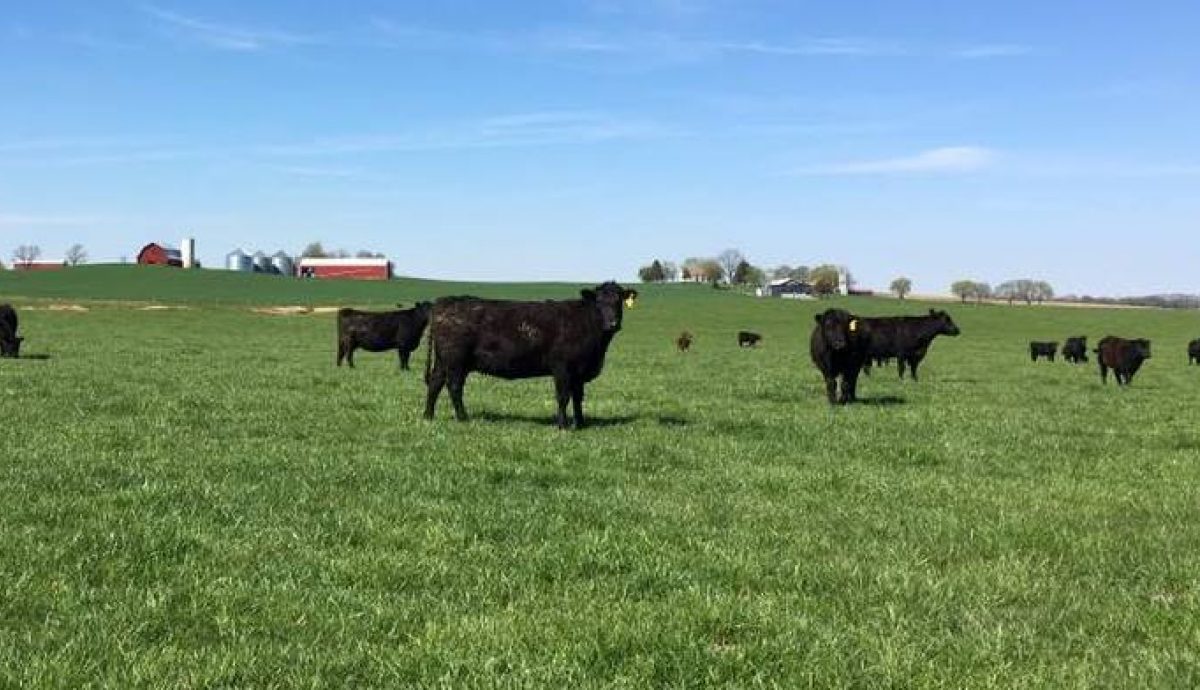
By: Denise D. Johnson, Director, Hollingsworth Science Center, Houston Independent School District
“American farmers in many ways have surpassed most fields in their use and application of STEM.”
While traveling along Highway 215 from the Memphis International Airport, I noticed that the rustic landscape of the highway accentuated with cherry trees and Bradford pear trees was quite a contrast from highways in Houston, Texas. I glanced at my watch and then the letter that I had placed in my lap and I quickly refocused on the purpose for the trip to Nashville, Tennessee. I was selected to attend the “On the Farm STEM Experience” that was provided by the American Farm Bureau Foundation for Agriculture and funded by the Beef Checkoff Program.
This event was developed to provide science curriculum coordinators, STEM coordinators and professional development leaders with real-world experiences connecting science to the beef industry. Before I go any further, it must be made transparent that both the beef industry and farm-life are completely unfamiliar topics to me. Even though participants were given an agenda prior to the event, I still had no idea of how connections would be made evidently and without difficulty between STEM, beef production and the science curriculum.
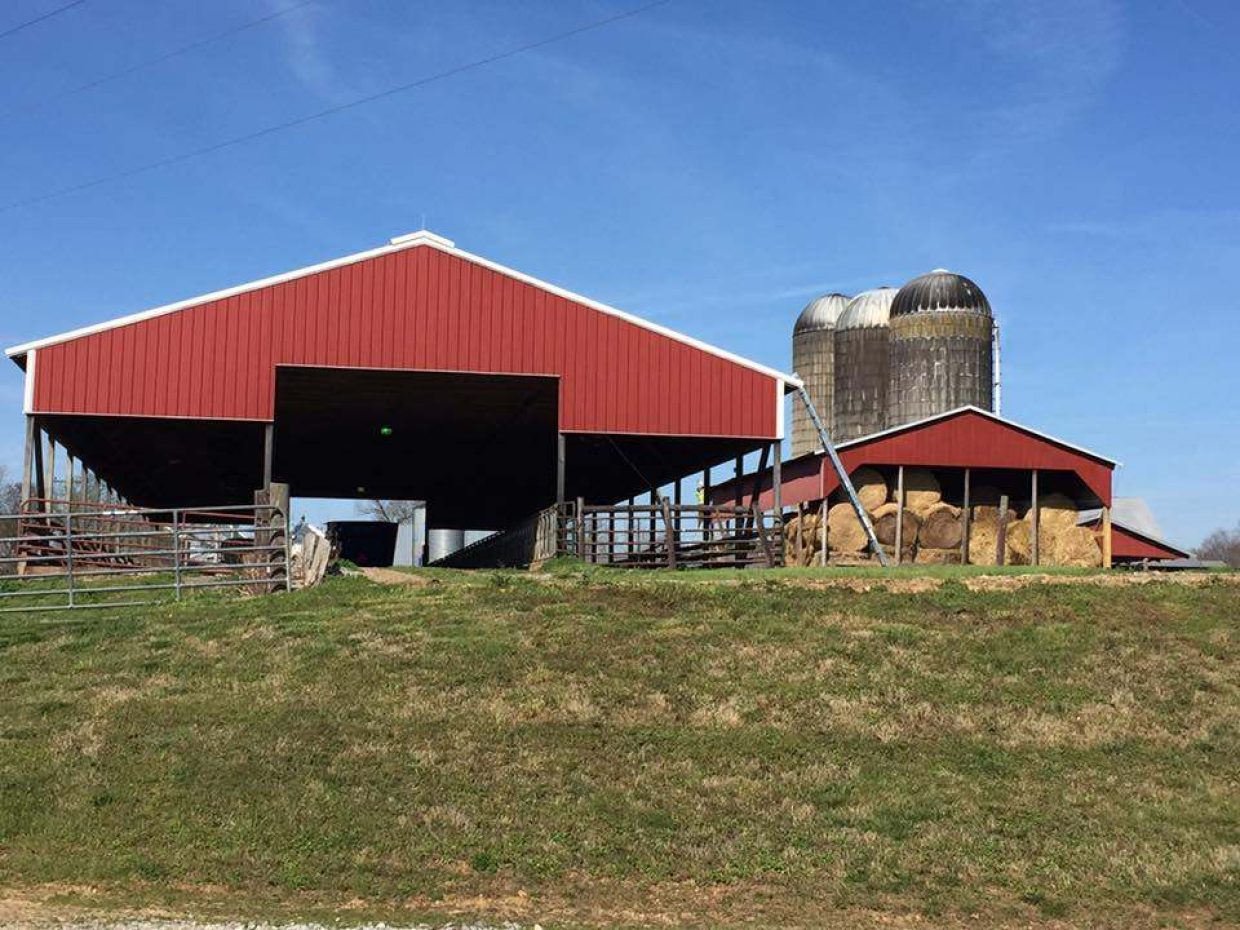
Day 1
We were presented with in-depth presentations on “Introduction to the Beef Industry” by Dr. Justin Rinehart, “Translating the STEM and Beef Connection into Student Learning” by Dr. Kris Elliott, and “Real-life Experiences with STEM and Beef” by a Nashville Metro Public Schools’ student. During and after each presentation, we were afforded the opportunity to pose questions. Being inexperienced with much of the terminology used during the presentations served as a major barrier to comprehending many significant aspects of the beef industry. Thus, I spent the late hours of the first evening studying terms and concepts such as: forage; cow-calf; feedlot; feeder cattle vs. stocker cattle; farm vs. ranch; beef sustainability; stocking rate; optimal traits and productivity (beef genetics); grain-fed; calf vs. bull vs. steer vs. heifer vs. cow; cow calf production; auction yard; stockers; backgrounders, and others.
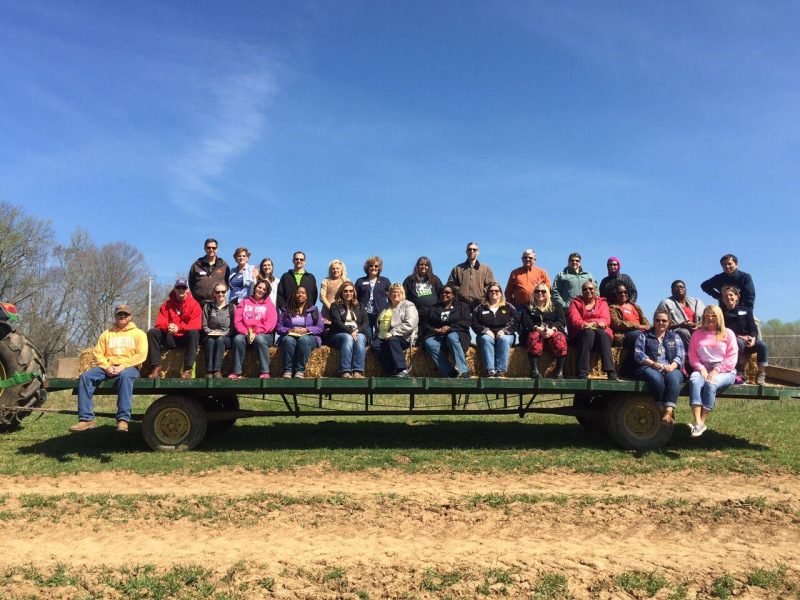
Day 2
Early in the morning, we began our journey to the Jay Head Farm. Here, we encountered a young, fourth generation farmer. We took a hayride to an area of his farm where he maintains beef cattle, we learned that on his more than 4,000 acres of farm land he also grows and maintains tobacco, hay, soybeans, indigo and other crops. We also observed the use of diverse, highly engineered farm equipment which is used to plant and harvest crops as well as maintain livestock. A key point obtained from this farmer was that profitability is an important factor in sustaining farm-life.
Our next stop was at the Joe Elliot Farm. This tour began with a presentation by Joe and William Elliott. We learned that the registered Angus, a staple to this farm, are fed in the following order: mother’s milk, grass and hay, and a high fiber ration. Due to Robert Elliott, the father of Joe and grandfather of William Elliot, maintaining records on weaning weights, calving intervals and tracking unwanted outcomes, he identified factors which contributed to healthier and more desirable registered Angus. Robert Elliott placed his registered Angus in the University of Tennessee Beef Cattle Improvement Records Program. Overtime, the Elliot family incorporated proven genetics, reproductive technology and genomic-enhanced EPDs in their beef cattle management system.
Today, Robert Elliot and Sons Angus Farm is considered as producing some of the best high-quality registered Angus beef cattle. Like Jay Head, the Elliot Farm also has diversified crops as well as beef cattle.
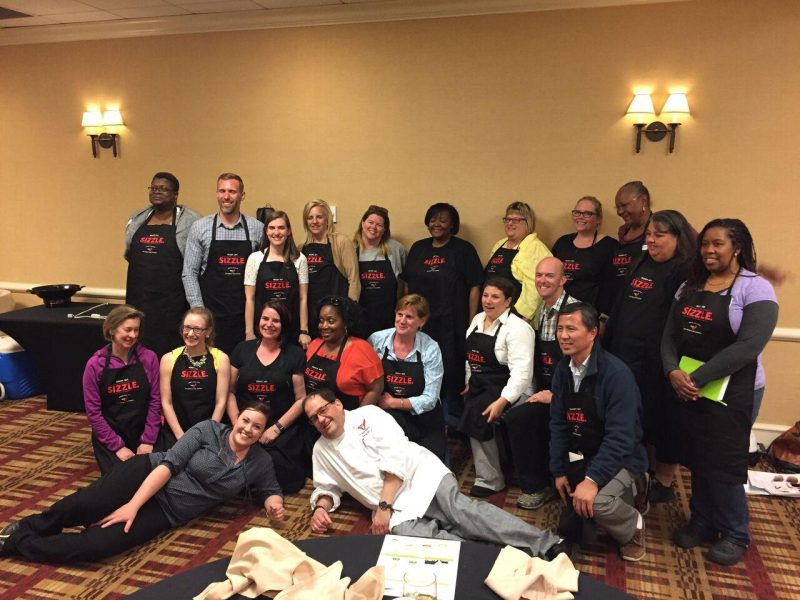
Day 2 ended with a presentation on the basics about beef and a cooking experience which was led by a nutritionist and a chef. I have always purchased beef. Who would think that beef is chock full of nutrients such as protein, iron, vitamins B6 and B12, niacin, riboflavin, zinc, phosphorus, choline, and selenium? After this session, I have a better appreciation of beef.
First, whether conducted by the federal government or state government, there is an extensive and thorough process by which beef is inspected. Beef grades are based on the amount of marbling which is present in the beef. Second, beef has a limited refrigerator and freezer timeframe. This point was well taken by me since over the years, I was consuming beef stored in my freezer far beyond 6 months. In fact, I am too embarrassed to share the amount of time that beef remained in my freezer and was later served at a Sunday dinner gathering. Shhh! How about this: do you know the suggested cooking methods for various cuts (brisket, chuck, loin, sirloin, round, flank, plate, or rib) or tenderizing methods (cubing, pounding, marinades…) or carving methods of beef or cooking temperatures of beef? We culminated the evening by preparing pre-assigned beef recipes. We were challenged to consider and incorporate many of the cooking lessons and skills which were taught and demonstrated by our guest chef and nutritionist. Our group was assigned Grilled Steak and Watermelon Salad. It was delicious. With aprons on and cooking utensils in hand, what an exciting and fun manner to bring closure to our day. Bon appétite!
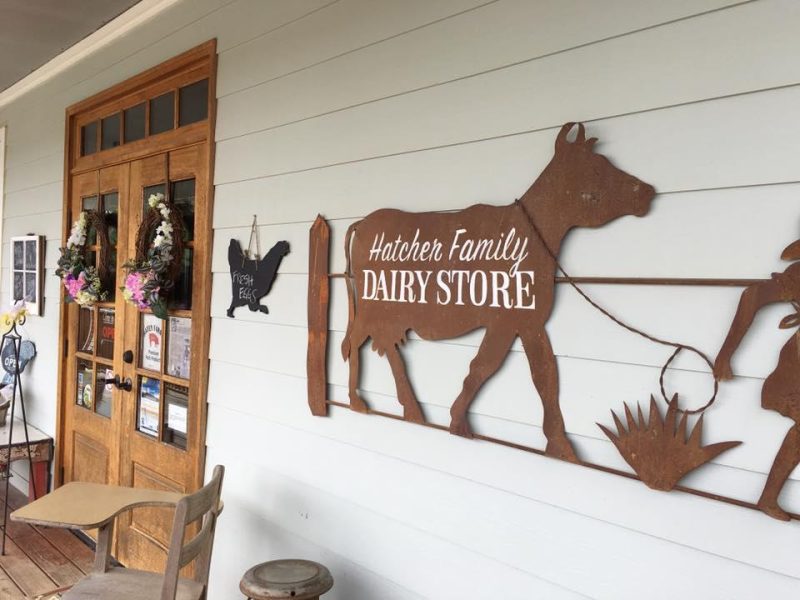
Day 3
We traveled to Spring Hill Research and Education Center, a division of the University of Tennessee Institute of Agriculture. A presentation and tour were conducted by Dr. Justin Rinehart. Here, we learned about breeding and managing dairy cattle from a historical perspective; improved artificial insemination practices; improved reproduction technology such as the use of flow cytometry and ultrasounds; improved grazing practices such as switch grass forage; and, more.
By noon, we were traveling to the Hatcher Family Dairy in College Grove, Tennessee. We met some of the fifth generation Hatcher dairy farmers. Our first stop was their veterinary clinic. Here, we learned that Dr. Charlie Hatcher and his daughter, Dr. Jennifer Hatcher, are both veterinarians at the Rock N Country Veterinarian Clinic. Their clients include a variety of livestock such as pigs, cattle and horses. We next visited the farm area where livestock and crops were maintained. Their grass fed cows consists of Holsteins, Jerseys, Brown Swiss and 3 cross-breeds. They also had other farm animals such as sheep, goats and chickens.
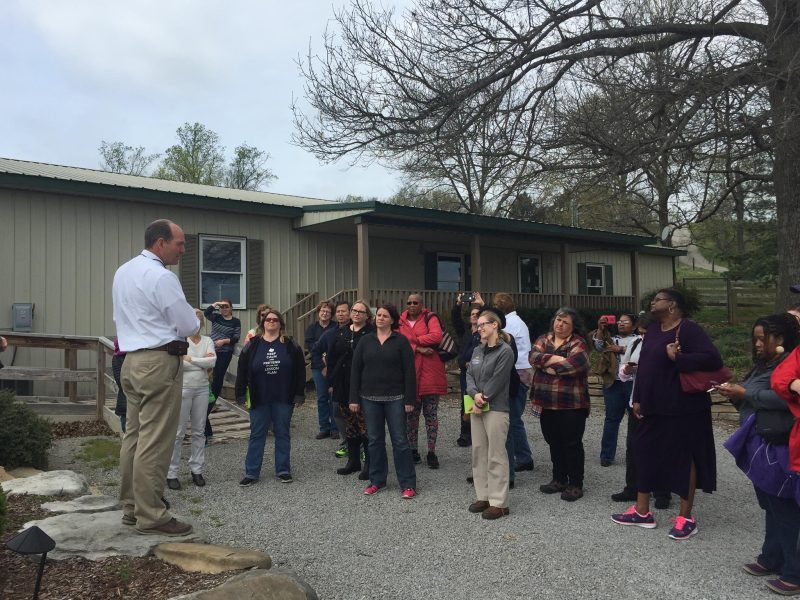
The primary commodity at the farm are dairy products. They pasteurize their own milk on the Hatcher Dairy Farm. Just like beef, milk is rich in nutrients such as calcium, potassium, phosphorous, protein, vitamin D, vitamin B12, niacin and riboflavin. They sell the milk, dairy products, eggs and other all-natural made products from their farm store. In fact, during our visit, we had an opportunity to sample delicious milk products and cookies. I selected chocolate, whole milk. This was absolutely the best tasting chocolate milk that I have ever consumed.
Points that resonated for me from each farmer were:
- they see the need and value in feeding high quality, tasteful food and beverages to the inhabitants of Earth
- they must educate themselves as well as the public regarding the agricultural industry
- they must research, adjust and/or improve their farm management practices and techniques to meet and/or address the needs and environmental factors of their products (beef, dairy, crops, etc.)
- they must promote sustainability, and they must manage their farms in a manner to consistently yield a profit.
To this end, many American farmers are diversifying their services, livestock and/or crops as well as incorporating the use of new technological methods and tools.
The farmers who we encountered were progressive, intelligent, hard-working, critical-thinkers and passionate about their chosen vocation of farming. These farmers were dedicated to maintaining and raising high-quality beef, other livestock, and crops to ultimately feed millions to billions of people across the world.
The On the Farm STEM Experience broadened my point of view and appreciation of the American farmer. Through this event, although limited by a brief period of exposure, I had first-hand observations and consultations with men and women of various ages, educational backgrounds, professions, experiences and cultures who were committed to carrying on the proud and important legacy of farming. In each case, I saw families working together to promote and accomplish their often “unseen” art, skill and knowledge of farming in America.” The historical plight of the American farmer illustrates that agriculture has shifted from producer-driven to consumer-driven.

The most significant ah-hah moments were the slow discoveries of the many misconceptions surrounding beef and agriculture as a whole. From now on when I hear the expression “made in America,” I will think of the sacrifice, drive and allegiance that the American farmers provide in order to keep bountiful, high quality, tasteful food and beverages as well as high quality American-made resources and products for Americans and people around the globe. American farmers in many ways have surpassed most fields in their use and application of STEM.
There were high-tech and in some cases state of the art machinery and tools everywhere you looked from the combine harvesters with perimeters of wheels exceeding 5 feet high to cow milking machines. As a participant in this outstanding, educational event, the next challenge will be to transfer aspects of the On the Farm STEM Experience back to students and teachers and other invested educational shareholders.
Read more about the On The Farm, an in-the-field Beef Learning Experience



